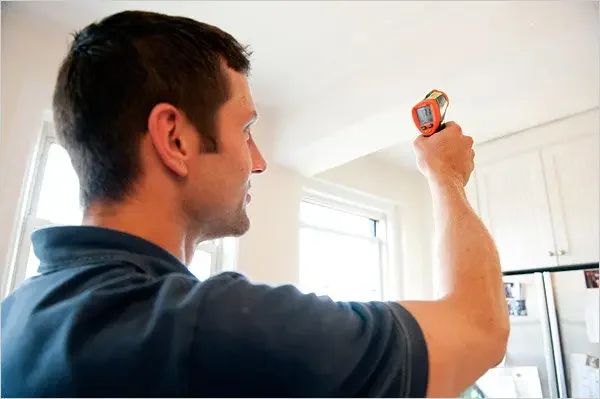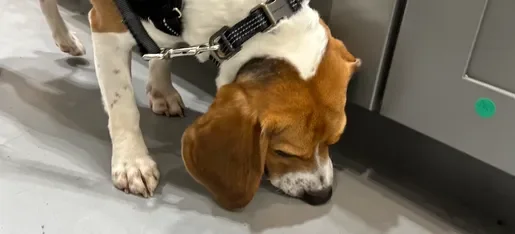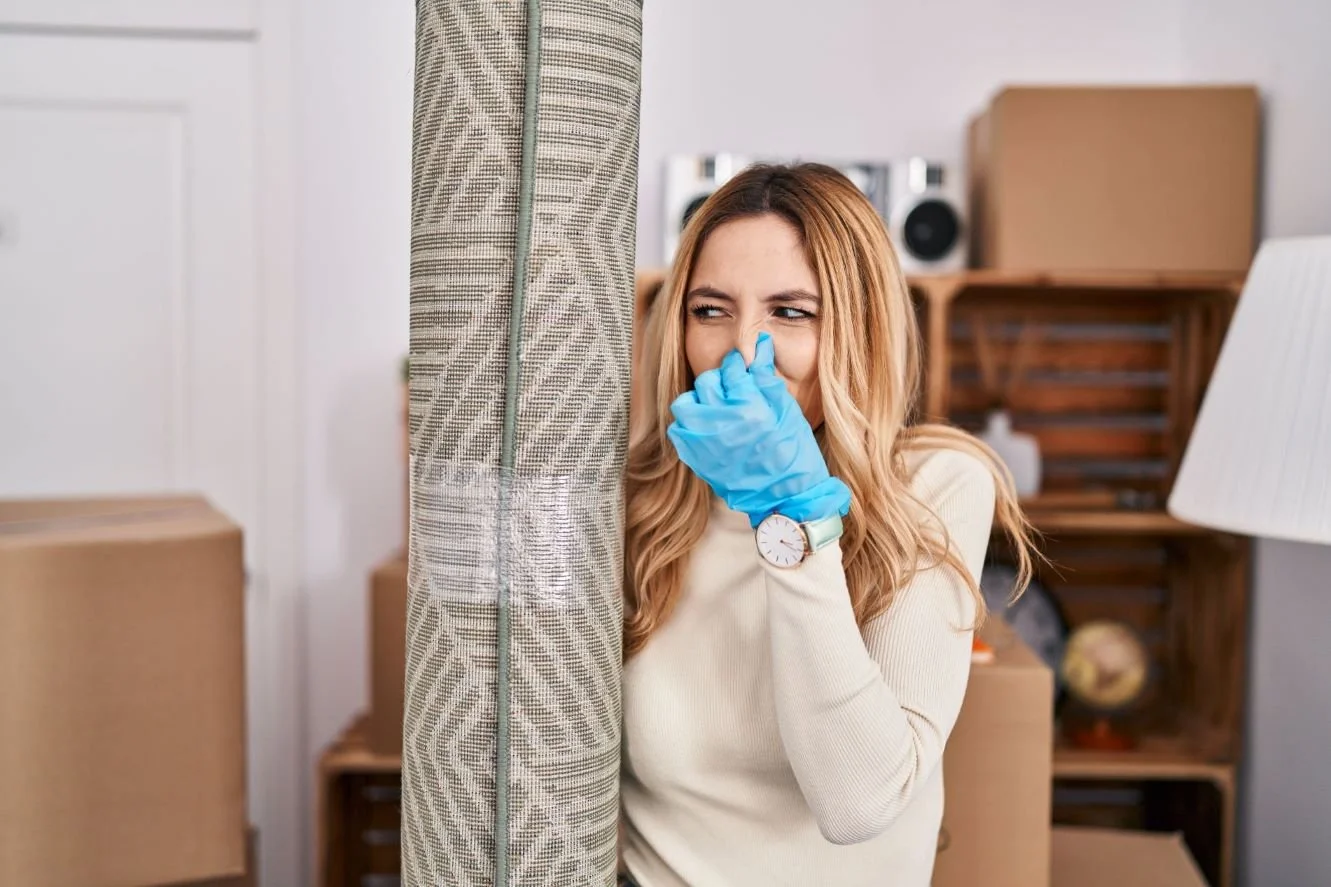How to Test + Measure Home Toxicity (and What to Ask Before Moving In)
Whether you’re about to move into a new home or you’ve been living in the same space for years, toxins like mold, VOCs, and chemical residues can quietly build up indoors. Testing and measuring your home’s health gives you peace of mind and the power to make changes—before problems turn into chronic health issues.
Why Testing for Hidden Toxins Matters
Indoor air can be 2–5x more polluted than outdoor air (EPA).
Mold, VOCs, and formaldehyde are linked to respiratory problems, hormone disruption, and fatigue.
Once you move in, fixing major issues like moisture damage or toxic flooring can cost thousands—so spotting them early saves money and health.
Step 1: Testing for Mold and Moisture
Mold is one of the most common hidden toxins in homes. Even if you don’t see visible spots, spores and mycotoxins may be lurking.
DIY Mold Tests:
ERMI or HERTSMI-2 tests (dust sample DNA tests for mold species).
Petri dish kits (cheaper but not very accurate).
Professional Inspections:
Thermal imaging cameras to spot hidden leaks.
Moisture meters for walls, ceilings, and floors.
Air sampling for mold spores.
Mold snigging dofs, yes that’s right!
💡 Questions to Ask Before Moving In:
Has the property ever had a water leak, flood, or roof damage?
Are there sump pumps, dehumidifiers, or moisture control systems installed?
When was the HVAC last serviced and filters replaced?
Hiring a good home inspector should cover most of these questions during the inspection.
Mold hound hard at work!
Measuring VOCs and Indoor Air Quality
VOCs (volatile organic compounds) are chemicals that off-gas from paint, flooring, adhesives, furniture, and cleaning products. High levels can cause headaches, asthma, hormone disruption, and sleep issues.
Testing Tools:
Handheld VOC meters (e.g., Foobot, Airthings, Awair).
Lab-based air sampling for detailed analysis.
Questions to Ask Landlords or Sellers:
Were recent renovations done, if so, what materials were used?
Is there proper ventilation in kitchens, bathrooms, and laundry rooms?
What type of flooring is installed (vinyl and laminate often off-gas the most)?
Checking for Building Material Toxins
Certain materials release harmful chemicals for years. Watch out for:
Pressed wood / particleboard → off-gasses formaldehyde.
Vinyl flooring → can release phthalates and VOCs.
Carpet → traps dust, allergens, and sometimes contains flame retardants.
Common compounds released from carpet include formaldehyde, benzene, and styrene,
Testing Options:
Formaldehyde test kits.
Dust sample analysis for flame retardants and PFAS.
What to Do if You Find Problems
If you’re buying/renting: Negotiate repairs, remediation, or a price reduction.
If you already own your home:
Address water leaks and mold right away.
Swap toxic cleaners and products for safer versions.
Improve ventilation and invest in air and water purification.



